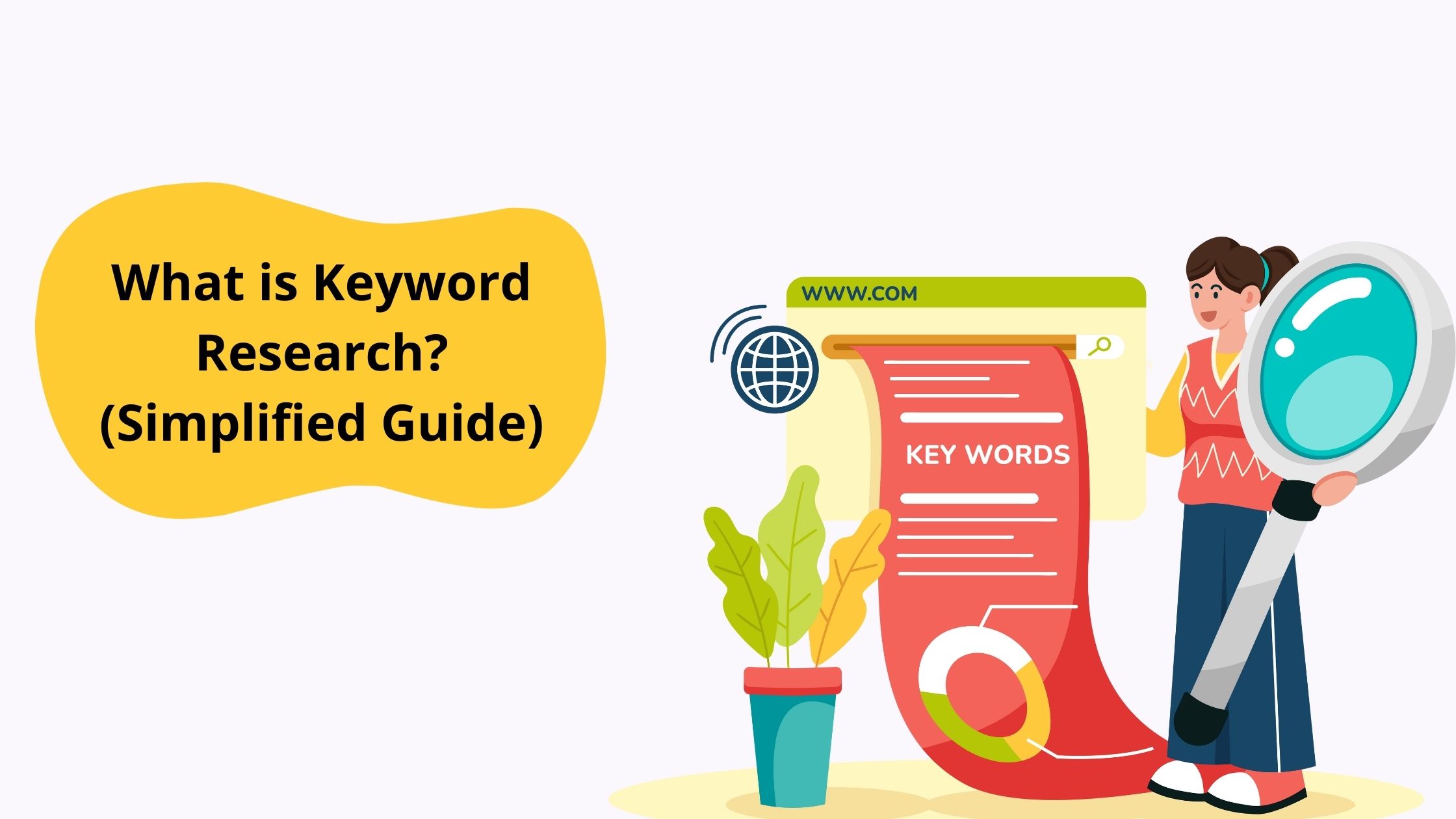Have you ever published a blog or launched a new service page only to see no improvement in rankings?
Whether you’re a small business owner, SaaS marketer, or blogger, SEO can feel overwhelming. From keyword optimisation to backlinks, even a single missed step can cost valuable traffic.
That’s why you need an SEO checklist – a structured roadmap to ensure every critical optimisation task is covered for consistent, scalable results.


What is an SEO Checklist?
An SEO checklist is a comprehensive list of optimisation actions for your website to improve rankings, visibility, and user experience systematically.
Why is it important?
Imagine launching a new site but forgetting to submit your sitemap or optimise meta titles. A checklist ensures:
- No critical areas are missed
- Team workflows are organised and consistent
- SEO tasks align with Google’s ranking requirements
- Implementation is scalable for agencies and businesses
New to SEO? Read our SEO for Beginners guide to build your foundation before applying this checklist.
On-Page SEO Checklist
On-page SEO focuses on optimising individual pages for relevance and user experience. Here is your practical checklist:
Title Tags Optimisation
- Use primary keywords naturally.
- Keep titles under 60 characters.
- Example: “SEO Checklist: The Ultimate Guide to Boost Rankings.”
Meta Descriptions
- Write compelling meta descriptions under 160 characters.
- Include target keywords to improve CTR.
H1 and Heading Structure
- Only one H1 per page, using the main keyword.
- Structure H2s and H3s logically for clarity and crawlability.
Keyword Placement
- Place the primary keyword within the first 100 words.
- Maintain natural flow without keyword stuffing.
Internal Linking
- Link to relevant blog posts and service pages for better navigation and SEO equity.
- For example, mention On-Page SEO Services when discussing on-page optimisation in-depth.
Image Alt Texts
- Use descriptive alt texts including relevant keywords.
URL Optimisation
- Keep URLs clean and keyword-rich.
- Example: digitalsuccesssavvy.com/blog/seo-checklist
Content Quality & Uniqueness
- Ensure content is original, valuable, and aligns with user intent using examples, statistics, and actionable tips.
Technical SEO Checklist
Technical SEO ensures your site is efficient, crawlable, and indexable. Here are essential audit points:
Site Speed & Core Web Vitals
You can check your core web vital through page speed insights
- Load time under 2-3 seconds.
- Optimise for Google’s Core Web Vitals:
- LCP: Under 2.5s
- FID: Under 100ms
- CLS: Under 0.1
Mobile-Friendliness
- Check responsiveness across devices using Google’s Mobile-Friendly Test.
Crawlability & robots.txt
- Confirm critical pages aren’t blocked and bots can crawl your site.
XML Sitemap Submission
- Submit updated sitemaps to Google Search Console for smooth indexation.
HTTPS Security
- Secure your website with SSL for rankings and user trust.
Structured Data / Schema Markup
- Implement schema for articles, FAQs, reviews, and products to appear as rich snippets.
Canonical Tags
- Avoid duplicate content issues by specifying canonical URLs.
Fixing Crawl Errors in GSC
- Regularly review Google Search Console for crawl issues or broken links and resolve them promptly.
Off-Page SEO Checklist
Off-page SEO focuses on building your website’s authority, reputation, and backlinks. Here’s your actionable checklist:
Backlink Profile Analysis
- Audit existing backlinks to identify and disavow spammy links.
- Use Ahrefs or SEMrush to analyse referring domains and anchor text diversity.
High-Quality Link Building Campaigns
- Acquire backlinks from relevant, authoritative websites through guest posting, HARO, or digital PR.
Learn about Link Building Services to boost your authority effectively.
Local Citations
- List your business consistently across local directories with accurate NAP details.
Google Business Profile Optimisation
- Optimise GBP with:
- Updated business info
- High-quality photos
- Regular posts
- Prompt review responses
Brand Mentions
- Monitor and build unlinked brand mentions in forums, industry sites, and directories.
Social Media Signals
- Share content on social platforms to improve visibility and engagement signals.
Local SEO Checklist
For businesses targeting specific geographical areas, Local SEO is critical. Here’s your focused checklist:
Google Business Profile
- Claim and fully optimise your GBP.
- Add high-resolution images, service details, operating hours, and regular posts.
Local Keyword Optimisation
- Use keywords targeting your city or region in titles, meta descriptions, and content.
- Example: “SEO Services in Mumbai for Startups.”
NAP Consistency
- Ensure your Name, Address, and Phone Number are identical across your website, GBP, and all citations.
Local Citations
- List your business in relevant local directories such as JustDial, Sulekha, or niche directories for your industry.
Localised Content
- Create blogs and landing pages targeting local topics, events, or neighbourhood-based services.
Reviews and Ratings
- Encourage satisfied customers to leave positive reviews and respond professionally to all reviews, building trust and local rankings.
Schema Markup for Local Business
- Implement Local Business schema to enhance your visibility in local search results.
Full SEO Checklist Summary
Here’s a quick summary table combining on-page, technical, off-page, and local SEO:
| Area | Checklist |
| On-Page SEO | Titles, meta descriptions, headings, keyword placement, internal links, alt texts, URLs, content quality |
| Technical SEO | Site speed, mobile-friendly design, crawlability, XML sitemaps, HTTPS, schema, canonicals, crawl errors |
| Off-Page SEO | Backlink audits, link building campaigns, citations, GBP optimisation, brand mentions, social signals |
| Local SEO | GBP optimisation, local keywords, NAP consistency, citations, reviews, schema |
Common SEO Checklist Mistakes to Avoid
Here are common mistakes businesses make despite having a checklist:
- Ignoring Mobile UX – Google uses mobile-first indexing; non-responsive sites lose rankings.
- Keyword Stuffing – Overusing keywords reduces readability and can result in penalties.
- Publishing Thin Content – Content under 300 words without actionable insights rarely ranks.
- Neglecting Backlinks – Relying only on on-page SEO limits authority and ranking potential.
- Not Updating Older Content – Refreshing old posts with new data and links boosts rankings and traffic.
Conclusion: Start Optimising with This SEO Checklist Today
SEO is not about guessing it’s about implementing a structured process that covers every optimisation area from content to technical audits and backlinks.
Ready to improve your website’s rankings, traffic, and sales? Explore our SEO Services and start growing with proven, actionable strategies today.
FAQs on SEO Checklist
What is SEO checklist?
It’s a structured list covering on-page, technical, off-page, and local SEO tasks to optimise your website systematically.
How often should I update my SEO checklist?
Review it every 3-6 months or after significant Google updates to align with algorithm changes.
Is SEO checklist different for eCommerce websites?
Yes. It includes:
- Product schema
- Optimised product descriptions
- Faceted navigation handling
- Enhanced internal linking across categories and products
Looking for tailored strategies? Consult an SEO Expert in India for customised checklists and growth roadmaps.



